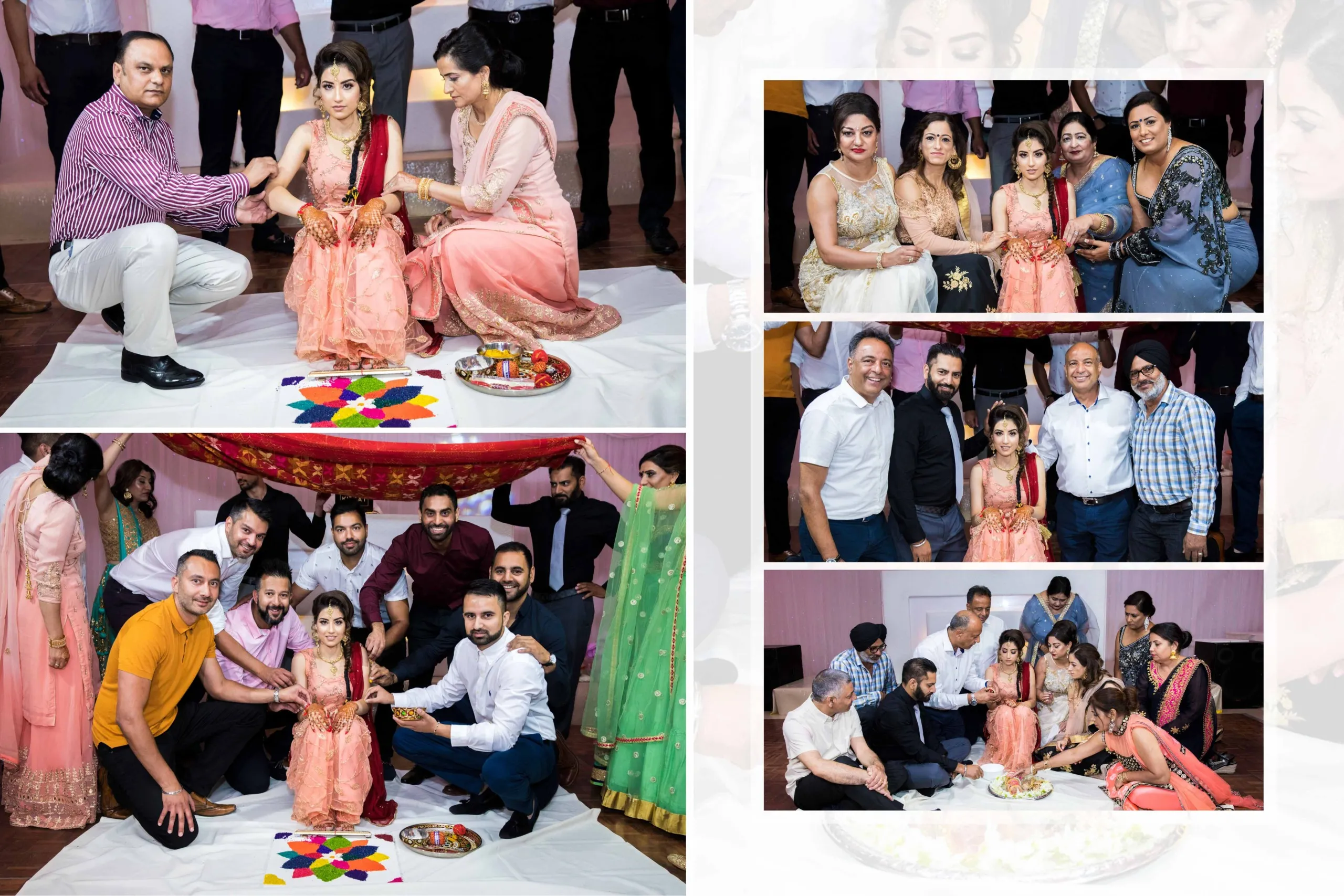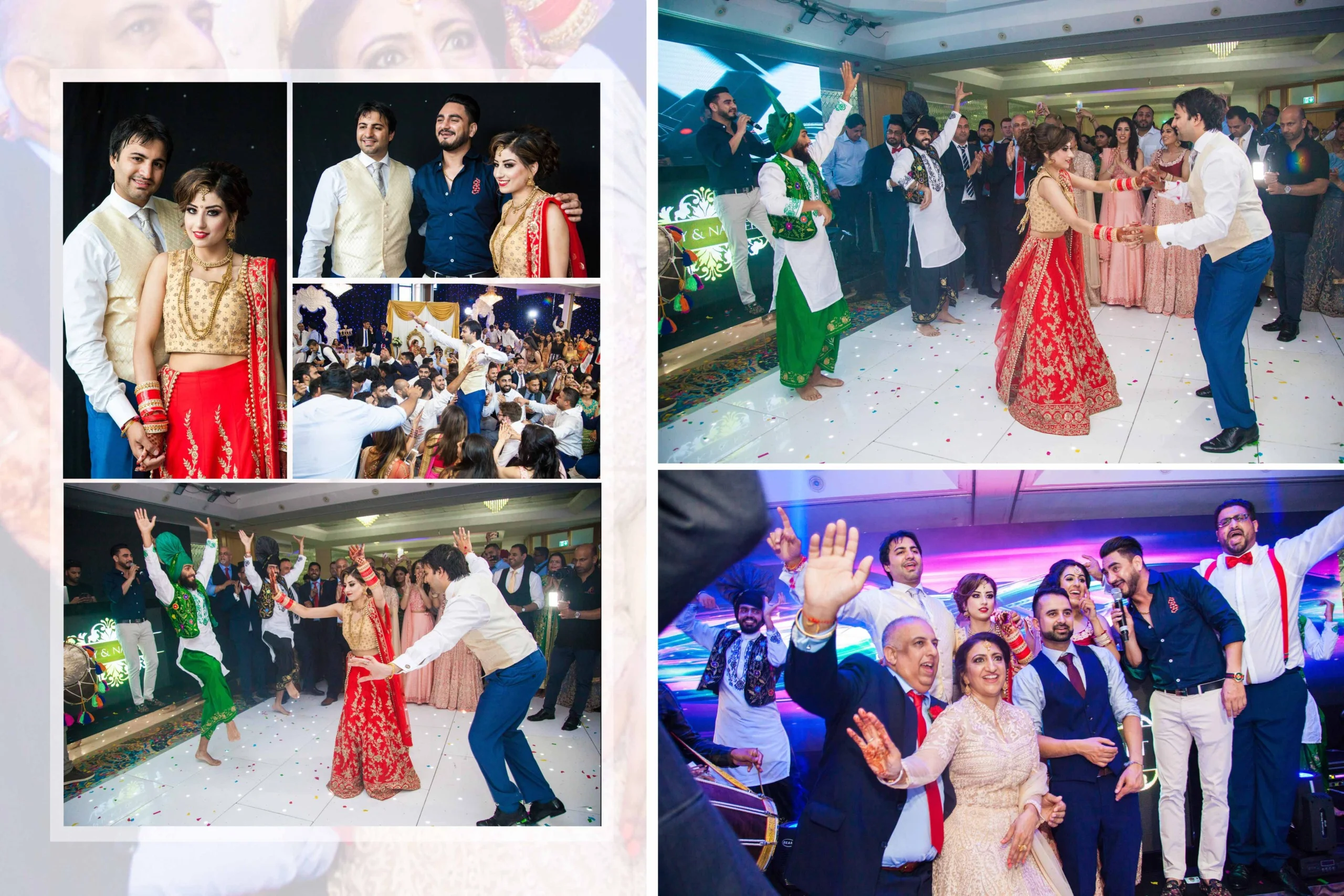Punjabi Weddings in the UK: Traditions, Ceremonies & What to Expect
Punjabi weddings in the UK are renowned for the vibrant colours, unique wedding dress, infectious energy, traditional wedding songs, and beautiful traditions.
Wedding celebrations are a cornerstone of British Punjabi culture. Every week, new families come together to celebrate love, from the streets of London to inner communities in Birmingham, Manchester, Leicester, and all corners of the UK.
Every ritual is steeped in cultural and historical significance and family love.
As a leading Punjabi wedding photographer in the UK, we understand the importance of capturing these precious moments in all their raw, dazzling glory.
In this article, we deeply explore the rich culture and importance of all the Punjabi wedding ceremonies and rituals as they’re performed within the UK context.























